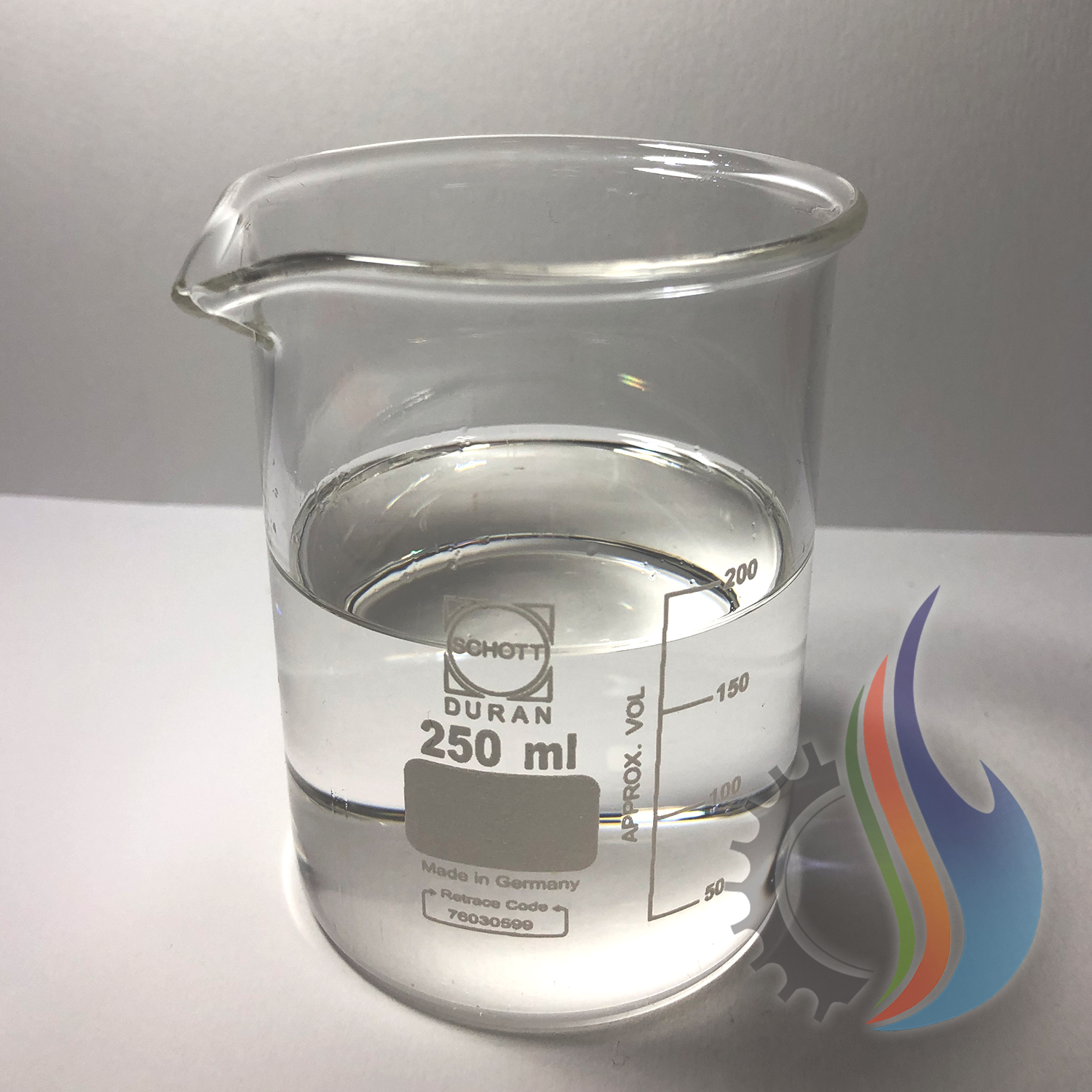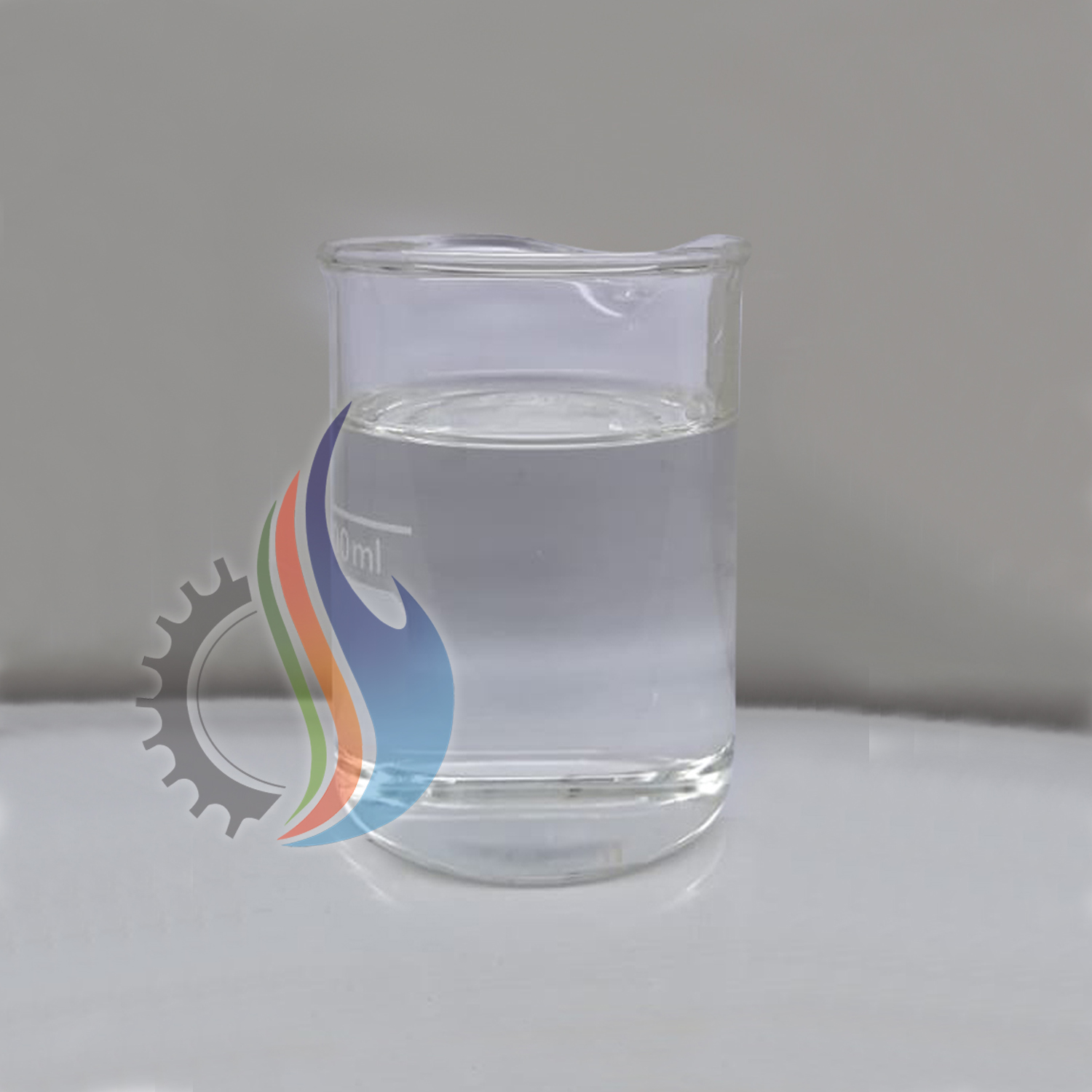
WHITE SPIRIT

White Spirit
Alternative Names: Standard Solvent, Mineral Spirit
Appearance: Liquid, Clear, Colorless
Distillation: 200-142
Boiling Point: 105 to 205
Solubility: Not soluble in water
All about White Spirit
Uses of white spirit
White spirit is used in paints, coatings, waxes, varnishes, adhesives, printing inks and liquid photocopier toners. In industry it is also used as a solvent for, cleaning, degreasing and substance extraction. In households, white spirit is commonly used to clean paint brushes or thin paint.
Degreasing and lubricating
In industry, white spirit is used for cleaning and degreasing machine tools and parts, and in conjunction with cutting oil as a thread cutting and reaming lubricant.
White spirit is commonly used for cutting fluid in ultraprecision lathes (commonly referred to as diamond turning machines).
White spirit is used for regripping golf clubs. After the old grip is removed, the white spirit is poured into the new grip and shaken. After the white spirit is poured on, the new underlying tape and the new grip are slid on. After an hour of drying out, the new grip and club are ready to use.
Solvent and paint thinner
White Spirit is a petroleum distillate used as a paint thinner and mild solvent.
White spirit is an inexpensive petroleum-based replacement for the vegetable-based turpentine. It is commonly used as a paint thinner for oil-based paint and cleaning brushes, and as an organic solvent in other applications. Mineral turpentine is chemically very different from turpentine, which mainly consists of pinene, and it has inferior solvent properties. Artists use white spirit as an alternative to turpentine since it is less flammable and less toxic. Because of interactions with pigments in oil paints, artists require a higher grade of white spirit than many industrial users, including the complete absence of residual sulfur.
White spirit was formerly an active ingredient in the laundry soap Fels Naptha, used to dissolve oils and grease in laundry stains, and as a popular remedy for eliminating the irritant oil urushiol in poison ivy. It was removed as a potential health risk.
White spirit has a characteristic unpleasant kerosene-like odor. Chemical manufacturers have developed a low odor version of mineral turpentine which contains less of the highly volatile shorter hydrocarbons. Odorless mineral spirits is white spirit that has been further refined to remove the more toxic aromatic compounds, and is recommended for applications such as oil painting, where humans have close contact with the solvent.
In screen printing (also referred to as silk-screening), white spirit is often used to clean and unclog screens after printing with oil-based textile and plastisol inks. It is also used to thin inks used in making monoprints.
White spirit is often used inside liquid-filled compasses and gauges.
White spirits are a major ingredient in some popular automotive fuel/oil additives, such as Marvel Mystery Oil, as they are capable of dissolving varnish and sludge buildup.
Types of White Spirit
Three different types and three different grades of white spirit exist. The type refers to whether the solvent has been subjected to hydrodesulfurization (removal of sulfur) alone (type 1), solvent extraction (type 2) or hydrogenation (type 3). Each type comprises three different grades: low flash grade, regular grade, and high flash grade. The grade is determined by the crude oil used as the starting material and the conditions of distillation.
In addition, there is type 0, which is defined as distillation fraction with no further treatment, consisting predominantly of saturated C9 to C12 hydrocarbons with a boiling range of 140-200 °C.
